SERIES REVIEW – Shogun, the latest adaptation of James Clavell’s classic novel, is not just another historical drama in the lineup; it’s a journey that delves deep into the heart of Japan’s feudal era, uncovering its hidden secrets. This series offers a bold insight into the fierce struggles for power, the mysteries of the human spirit, and the complex relationships that shaped the course of history. Amidst the whirlwind of adventure, intrigue, and passion, Shogun redefines our perceptions of loyalty, honor, and betrayal.
As television seems to narrow around us today, focusing mainly on reruns and endless series of already known intellectual properties, FX’s ‘Shogun’ brings a breath of fresh air to our screens. This adaptation of James Clavell’s popular novel takes risks and sets remarkable expectations for its audience, suggesting that the dynamics between complex characters can be just as intriguing as spectacular battles. Despite its flaws, the series stands out as a noteworthy production and could indeed become one of the year’s most remarkable pieces. It creates an interesting contrast to the original adaptation from the 1980s, where Richard Chamberlain shone as the western sailor who unexpectedly finds himself at the center of Japanese political intrigue. That series was a milestone in the history of international co-productions and remains memorable today for its authentic atmosphere and detailed storytelling.
Bloody Battles and Intrigues for Control of the Country
In times of political turmoil, when Japan’s mighty Taiko has died leaving behind a child not yet ready to rule, Shogun follows the story of five warring clans competing for control of the country. Although a governing council was established to supposedly rule the country until the heir comes of age, the competing factions – led by the aging protagonist, Lord Yoshii Toranaga (the magnificent Hiroyuki Sanada), the Taiko’s former right-hand man, and the scheming Lord Ishido (Takehiro Hira) with his own plans – are already counting on the end of fragile peace. Threatened with dismissal, removal from his position, and almost certain death, Toranaga must do everything in his power to stay alive and keep Japan united.
Unexpected help arrives with the arrival of a mysterious ship carrying just a dozen British Protestants. Once part of a Dutch fleet, its crew was thinned by starvation and disease, but Toranaga sees an opportunity in both the ship and its leader, pilot John Blackthorne (Cosmo Jarvis). Eager to enlighten the Japanese about the betrayal of their existing Catholic trading partners and introduce their trade routes to the wider world, Blackthorne initially reluctantly becomes an indispensable part of Toranaga’s plans as their fates increasingly intertwine.
With the help of Toda Mariko (Anna Sawai), a woman converted to Catholicism who learned Portuguese from the priests who taught her religion and serves as an interpreter for Blackthorne, Toranaga learns not only of the existence of guns and cannons on the ship but also of numerous secrets guarded by the Portuguese, which far exceed economic interests and could potentially undermine the power of the council’s governing proxies. From this unfolds a dense web of ambitions, wars, betrayals, and constantly changing alliances. As the council works to rid themselves of Toranaga, and the former war leader does everything in his power to stay alive, preserve his clan, and the imperial ideal he believes in, he faces numerous bloody strikes, painful sacrifices, and complex tactical maneuvers.
Blackthorne is Not the Most Compelling Protagonist
Blackthorne, dubbed Anjin (Japanese for “navigator”), struggles to adapt to the new culture that suddenly surrounds him, especially its commitment to honor and propensity for ritual violence. His typically British, stubborn insistence that shouting louder will make him better understood only accentuates his alienation. However, Shogun skillfully avoids the white savior narrative, instead honoring and highlighting Japanese culture, freeing itself from the frequent “othering” seen in the original miniseries. In the series, the majority of characters speak Japanese, with subtitles, thus directly involving the viewer in every conversation and unveiling the background stories and relationships between the characters. One of the outstanding elements of Shogun is its interest in the process of translation and the power of language: viewers can not only hear conversations taking place in front of Blackthorne that he does not understand but also see the truth of the language that is altered or avoided in the process of being conveyed to him.
Shogun is not perfect. The sprawling cast of characters and complex political relationships can occasionally become overwhelming, and the show is perfectly happy to throw viewers into the deep end from the first scene. Unfortunately, Blackthorne, well, let’s just say he’s a less than ideal entry point into the complex feudal world, given that he is also the show’s weakest and least interesting character. (At least in this new adaptation, the character portrayed by Richard Chamberlain was much more compelling.) The romance that develops between Blackthorne and Mariko often feels clumsy and rushed – especially when it is such a central element in both the original 1980s miniseries and the 1975 novel. But it’s hard to be too critical when the series compensates with a rich and detailed portrayal of a cultural and historical setting, as well as the depiction of numerous secondary characters and relationships. These scenes offer the opportunity to see history from a new perspective, and shed light on characters and relationships that had previously remained in the background.
A Worthy Adaptation of the Novel
Every detail of Shogun, from the enchanting magic of the costumes to the often depicted, meticulously crafted rituals, is formed with breathtaking humility and respect. The picturesque landscapes and the bloody battle scenes are undeniably among the highlights of this year’s television, while the international cast, led by Hiroyuki Sanada’s moving and deeply emotional performance, opens new dimensions for us. Among the secondary characters, almost everyone has their own significance and narrative depth, but it is particularly the female characters who stand out, becoming a defining element of the plot with quiet strength and unexpectedly. Anna Sawai’s character, Mariko, is just one of several memorable female figures to emerge in the series, including the heart-wrenching story of a young mother who loses her loved ones to seppuku following a public disgrace (portrayed by Moeka Hoshi), a purposeful sex worker (portrayed by Yuka Kouri), and the mother of the Taiko’s heir (brought to life by Fumi Nikaido), who brings an exciting twist to the season with her arrival in Osaka. These characters remind us that power can take many forms in this world, and not all power is wielded at the end of a sword.
This ten-part series (two of which have already been released on Disney Plus) is indeed a remarkable achievement, an epic story that raises the question of whether television is still capable of producing sagas of this magnitude. As a bold and ambitious reimagining of a classic, finding true humanity within the complex web of political scheming and betrayal, “Shogun” sets high goals – and undoubtedly achieves them.
-Gergely Herpai (BadSector)-
Shogun
Direction - 9.4
Actors - 8.6
Story - 8.8
Visuals/Music/Sounds - 9.5
Ambience - 9.5
9.2
AWESOME
"Shogun" on FX breathes new life into James Clavell's magnificent world, daringly diving into the complex maze of Japan's feudal era, unveiling battles for power and human dramas. While Richard Chamberlain's portrayal of Blackthorne in the 1980s series was more compelling, this new version surpasses it in nearly every other aspect.

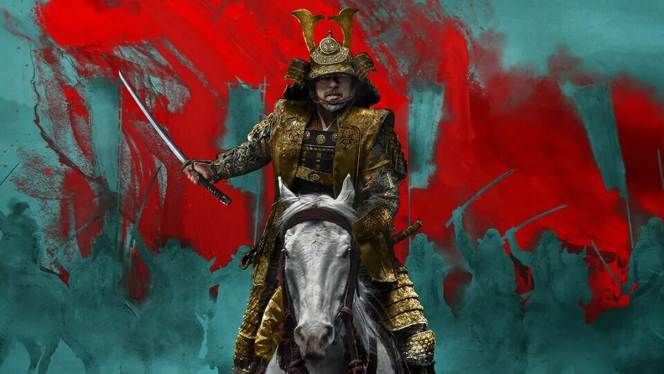
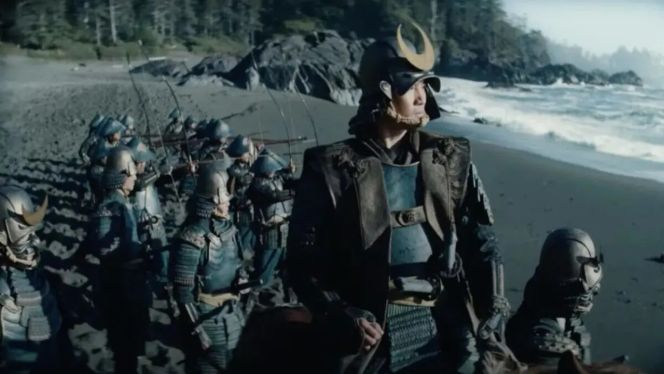
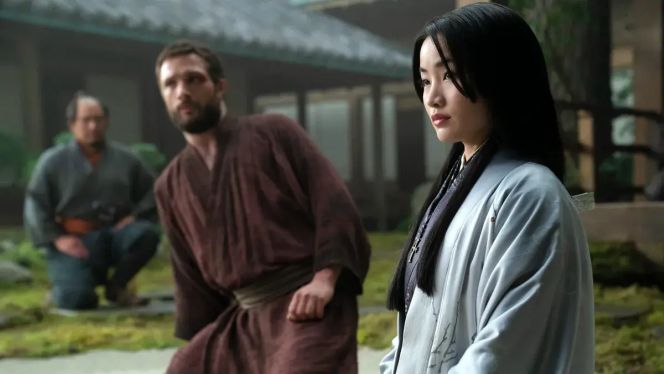

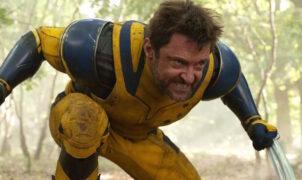
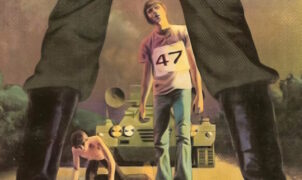




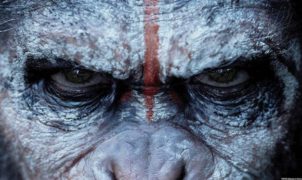






Leave a Reply